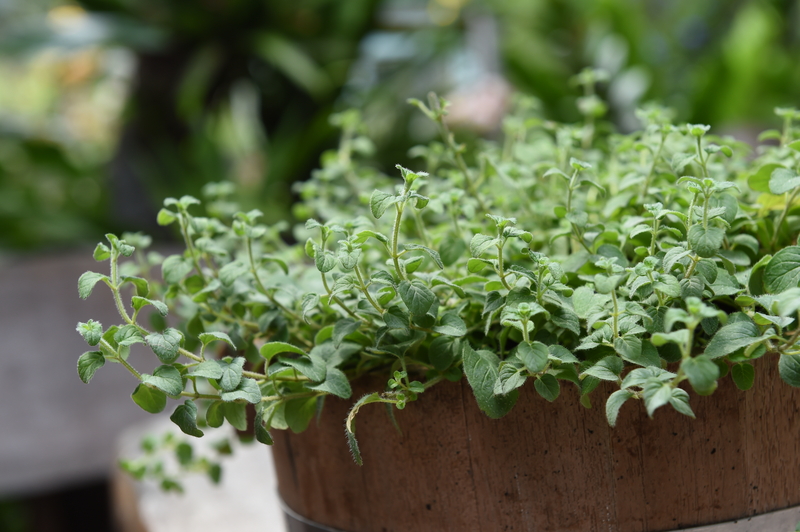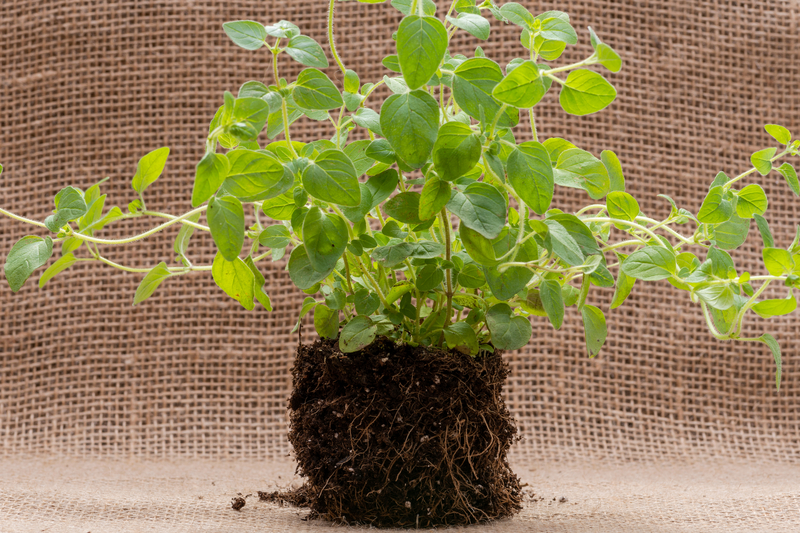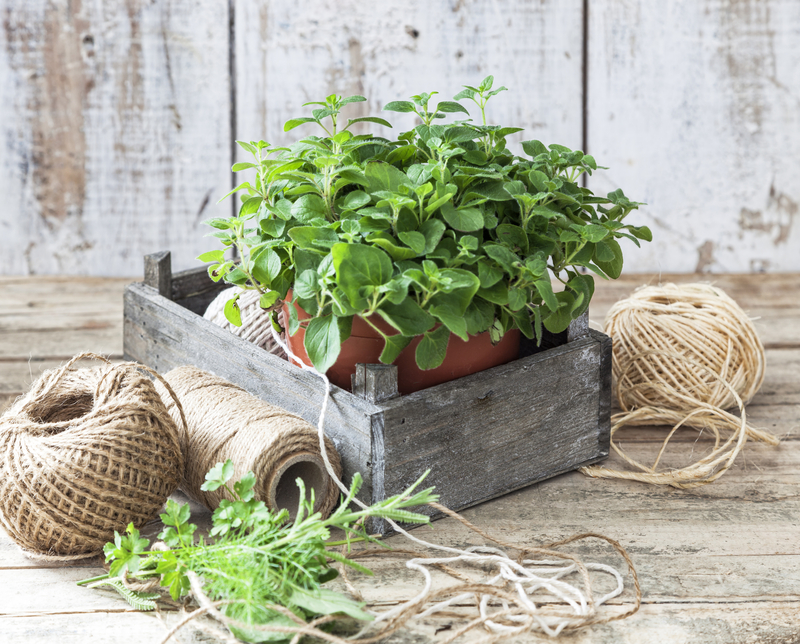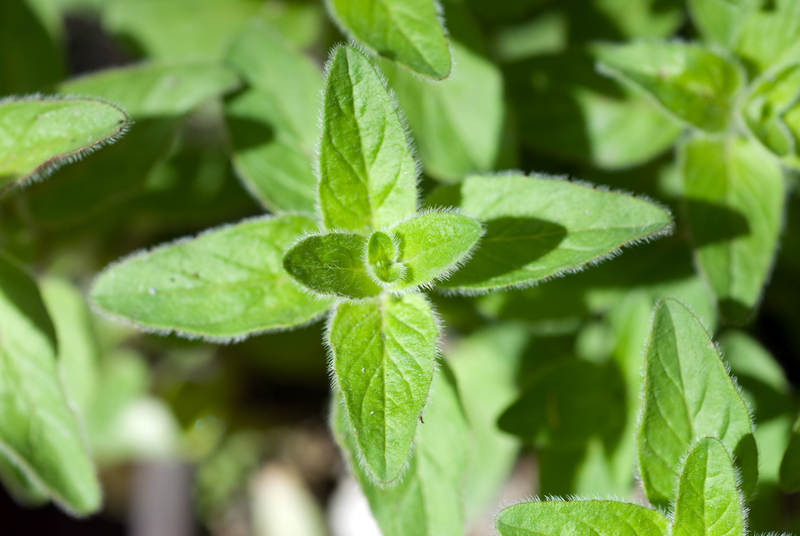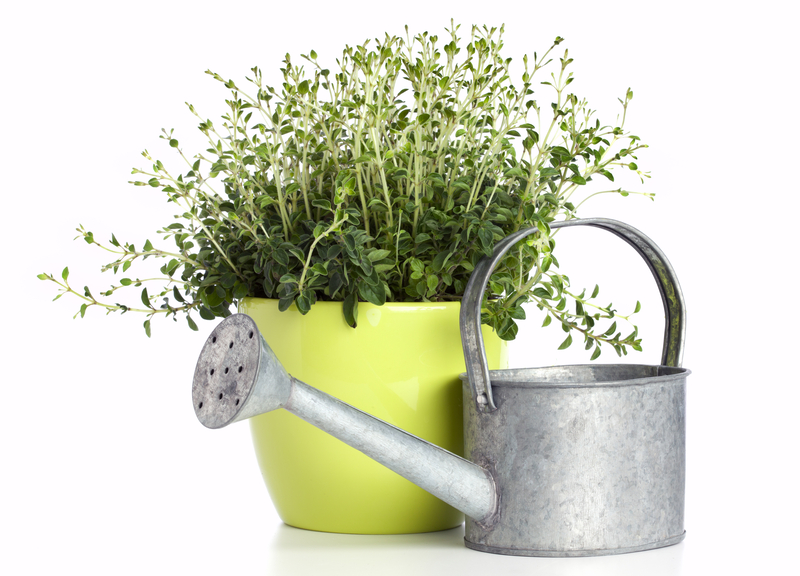Oregano is a perennial herb native to Mediterranean climates like Greece and Italy. Often found in Italian dishes, from pasta to pizzas, this aromatic herb has made its name as a culinary herb. When grown fresh, you will notice a significant difference in the smell and taste of fresh Oregano’s green leaves compared to its dried counterparts. Here is how to take care of an oregano plant!
What are the Other Names?
- Wild Marjoram
- Origanum
- Mexican Oregano
What Different Varieties of Oregano Are There?
- Origanum Vulgare – This variety is your common Oregano. It is often used on pizzas and can provide a spicy flavor and pungent smell. If it is allowed to flower, you will notice that it will grow an array of white flowers.
- Origanum Majorana – If the typical variety is too powerful, you can opt for this milder choice that can be significant in salads and seasonings.
- Origanum Syriacum – This variety is popular in middle eastern spice mixtures like za’atar.
- Origanum Vulgare ‘Aureum’ – This is also known by the name of golden Oregano and is often grown for its aesthetic purpose with its bright golden leaves.
- Origanum Vulgare ‘Hirtum’ – This variety, known as Greek Oregano, has a zestier flavor than the traditional Vulgare variety.
What Soil Works Best for Oregano?
A well-draining and balanced potting mix provide this plant with the best growing conditions. A well-draining and balanced potting mix mean having equal parts potting soil, sand, peat moss, and perlite. When it comes to soil acidity, it is best to keep the pH balance between 6.5-7.0.
Can You use Fertilizer?
Fertilizer is unnecessary for Wild Marjoram since it gets its nutrients from the soil.
How Much Sunlight Does Oregano Need?
Coming from the Mediterranean, Oregano is familiar with bright and warm conditions. It thrives in conditions of bright, direct, and full sun. Therefore, it is best to provide bright and sunny positions like southern or western facing windows when grown indoors. Facing a southern or western window will allow the plant to receive the 6-8 hours of necessary daily sunlight.
What Temperature Works Best for Oregano?
It is best to have between 65-70 degrees Fahrenheit during the day and 55-60 degrees during the night. Though you can grow this plant outside, you will have to bring it in once the temperatures begin to drop. Sensitive to the cold, lower temperatures can damage or kill the plant.
Does Wild Marjoram Like Humidity?
Oregano doesn’t need high humidity, but it does require some. So, in the case of the dry winter months, you may need to add more humidity to the air through a pebble tray, humidifier, or other means. Otherwise, your home should provide enough moisture.
How Often Should You Water Oregano?
A moderate amount of water once or twice a week works best for an oregano plant. Water the plant when the top inch or two of soil is dry. However, this plant can be relatively drought-resistant, so it is more likely that you will overwater than underwater your plant. Root rot is a common problem when you overwater this plant, so use less water if possible.
What Size Does Oregano Grow to Typically?
Wild Marjoram will round out nicely to grow to 2 feet tall and 18 inches wide.
Most Common Bugs
Though Oregano faces few problems with bugs, you still may have to treat against common issues that face indoor plants. One of the most common will be spider mites, especially during the dry winter. You can remove these bugs with neem oil.
Most Common Diseases
Fungus is a common disease when it comes to an oregano plant. Signs of fungus will include discoloration of the leaves. If you notice this fungus, you will need to remove the disease parts and clean off the roots under hot water.
Another common disease for this plant is root rot. Root rot is a combination of overwatering the plant, having a poor draining container, and not allowing the soil to dry before you water the plant again. To fix root rot, you will need to remove the plant from the soil, shake off any excess water, and place it back in fresh soil.
How Often Should You Repot Oregano?
Though Oregano is a rapid grower, you typically don’t repot herbs, even perennial. So, in this case, your Oregano only needs repotting once – from the nursery pot to a 6-inch clay pot when it begins to mature.
Otherwise, you should let your herb grow in its pot for about six months until the soil becomes exhausted and then replace it with seeds or a propagated plant.
How Do You Plant Oregano?
You can grow Oregano in several ways, from propagation to seeds or root balls. If you choose the third option, only the root ball is buried, not the stems. If growing from seeds, you don’t have to plant during the growing season and can plant during any time of the year when indoors. However, it will take about three months until you can begin harvesting leaves for use.
How Do you Propagate Oregano?
You can propagate oregano via leaf cuttings. To do this, you will need to trim whole leaves and suspend them in a glass of water until the root system begins. Then, you can replant your herb in a 6-inch clay pot.
How to Properly Trim, Prune, and Harvest Oregano?
Trimming is essential to make sure your plant continues to produce new growth of oregano leaves. You will want to begin this process with an established plant around 5 inches tall. At the same time, you will also want to pinch back the growing stems to prevent flowers and promote woody stems. Always use a sharp pair of shears to make sure you have a clean cut.
Conclusion – How to Take Care of an Oregano Plant
In summary, home-growing oregano plants can add an extra flair when you use them in your cooking. Not only is the plant able to add delicious flavor to your meals, but it is pretty straightforward to manage as a whole. Oregano plants don’t need much water or humidity to survive. However, the plant does best with direct sunlight, so keep it in a sunny area in your home if possible!
Similar Posts:
How to Take Care of a Flaming Katy Plant

